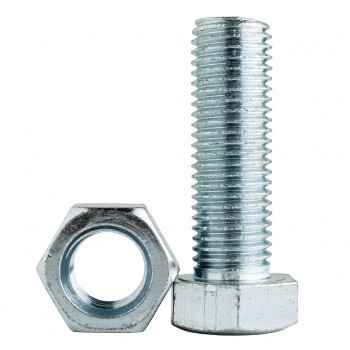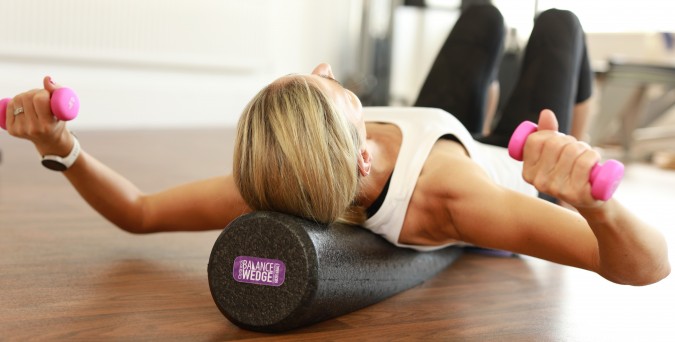


So what does a nut and bolt have to do with neck pain and headaches? Well, quite a lot really. If you have ever used a nut and bolt, you will have encountered a few basic mechanical facts about this clever invention.
If the nut is squarely lined up on the bolt and the threads engage properly the nut will rotate smoothly on the bolt with minimal wear and tear. Now, if either of these are two parts are slightly misaligned (cross threaded), you may well be able to get the nut to turn on the bolt but it is going to be a rather unpleasant experience and damage both components.
From a postural point of view, the resting position of your trunk is like the orientation of the bolt. If you maintain good postural control with your trunk in a (mostly) upright position, this maintains a vertical axis of rotation around which your head (the nut) can smoothly and freely move.
If your trunk (and thoracic spine) is poorly controlled and you spend most of your time in a forward slumped (slouched) position, your head cannot sit squarely in a well-balanced and freely moving position and the nut and bolt get cross threaded.
So while it is sometimes possible to twist (rotate) a cross threaded nut, it won't last very long. And here in lies the point, it is about longevity of the component parts. Our necks have bigger “margin of error” than a nut and bolt but if, over the years, it is not used in an aligned and balanced way it will start to wear out. This then has the effect of reducing the margin for error and give us less space in which we can move freely and without pain.
The nut and bolt is also useful in explaining another important point about neck health and sustainable neck movement. That is the concept of “Spin” vs “Roll”.
When turning, our head (and neck) should rotate around the central (vertical) axis, in the same way that a nut rotates around a bolt. From a bio-mechanical point of view, this movement is referred to as “Spin”. Compare this to “Roll” which is the nut rolling down a slope.
As nobody like to see “heads rolling”, a reference to capital punishment in the middle ages, the movement our necks like best when turning, is spin. So going back to the nut and bolt, if you turn the nut, you will notice that, while 12 o’clock on the nut goes to the right, 6 o’clock goes to the left, ie, your nose goes one way and your pony tail (if you have one that is) goes the other.
So if we want to rotate our head and neck in a sustainable way, think as much about the back of you head moving to the left as you do about the front of your head moving to the right (and vice versa).
In addition to thorough assessment and comprehensive hands-on treatment, our approach is to empower our patients with understanding of how the body works, using analogies and tools like this one.
If you have neck pain and stiffness and want to get the best out of your neck and spine both now and in the long term through effective hands-on treatment and our OptiNeck™ Programme...

The OptiNeck Balance Wedge addresses the fundamental drivers a of wide range of neck, upper back and shoulder conditions.